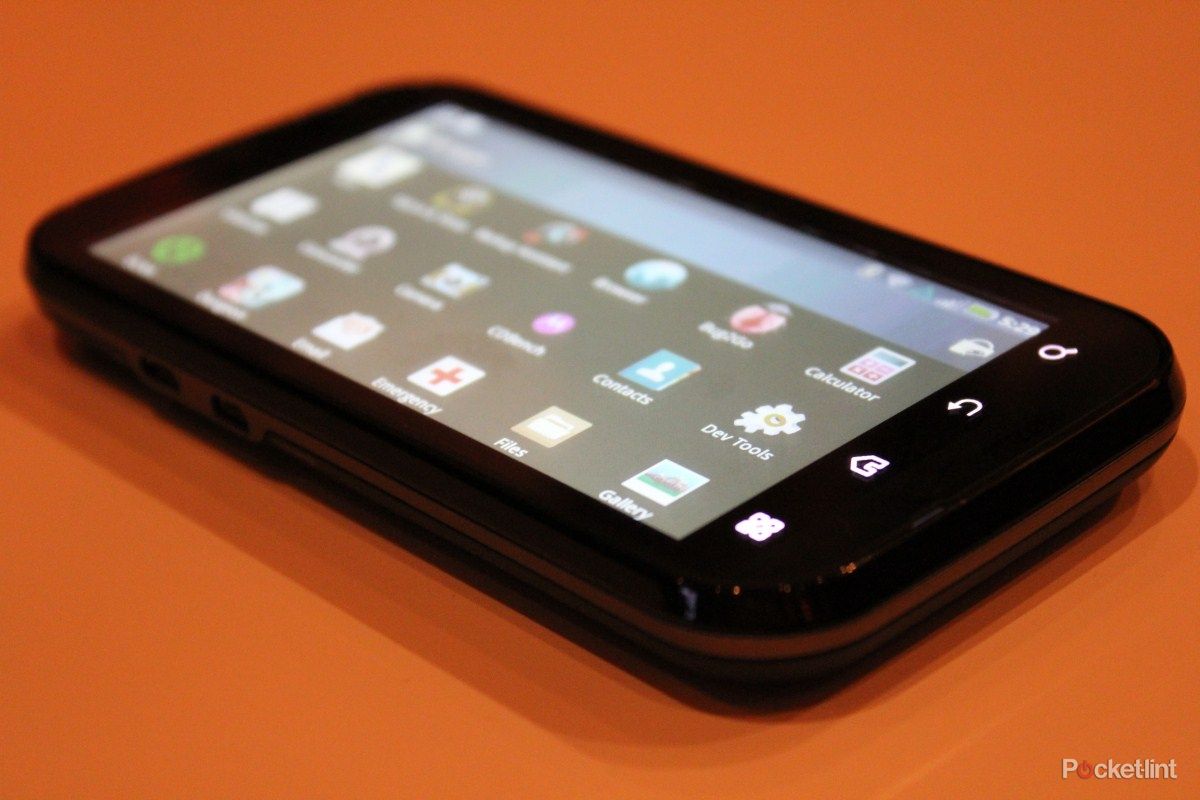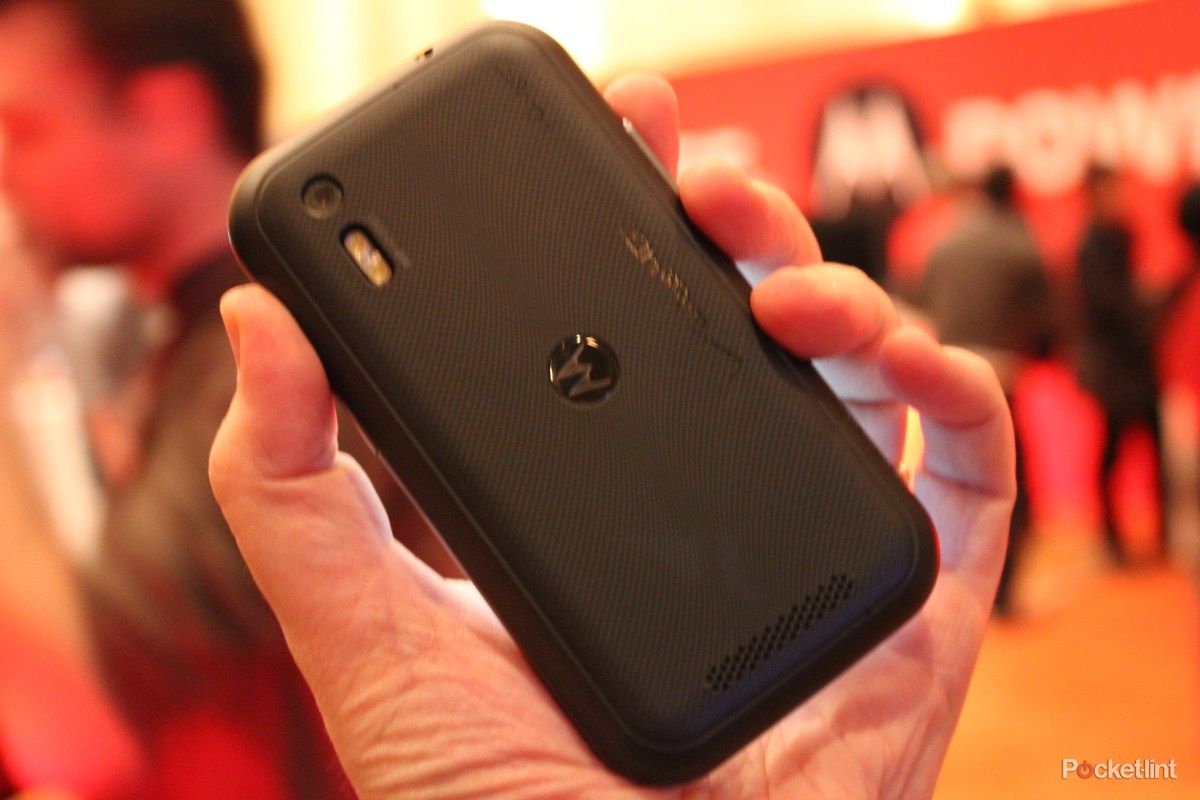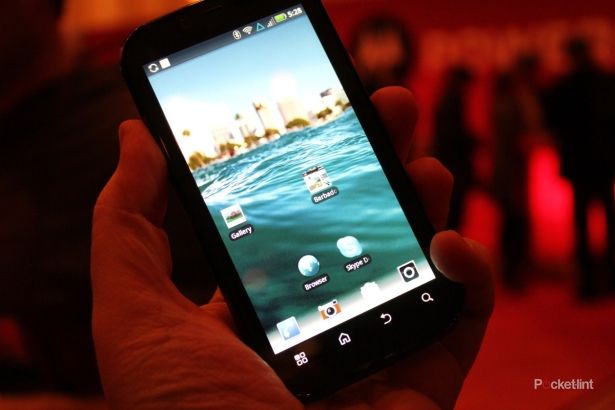Unlike the company's Atrix 4G, the Motorola Droid Bionic isn't coming to the UK. It's a 4G LTE device, and it will remain that way - sadly, restricting it to US soil only. Our loss, though, is North America's gain.
For starters, the name is extremely cool, especially for those of us who remember 70s TV sensation The Bionic Man. Admittedly, the show was punctuated by moments where pretty much all action would be shown in extreme slow motion (not an association best suited to a superfast network and suped-up handset perhaps) but Steve Rogers could throw people through walls and stuff, so who cares.
The name certainly throws up an image that there's more going on under the hood than usual, and that is what Motorola would like us to believe.
Indeed, the company is pushing the Droid Bionic as the world's most powerful smartphone, with a tagline of "the end of waiting". Everything you want to do with this new handset, Motorola says, will be quicker than on any other.

To back up the claim, the Bionic sports a dual-core processor, running two 1GHz cores. Plus, it carries 512MB of DDR2 RAM. Therefore, it can load web pages four times faster than a single-core equivalent, and render graphics five times more speedily than rivals. Coupled with the 4G network, which is anywhere up to 10 times faster than 3G, you can see where the speed boasts are coming from.
Of course, these specifications ape the company's Atrix 4G in many ways, so it's hard to see why the Droid Bionic is any quicker or more powerful than its stablemate, especially as the Atrix hosts 1GB of RAM rather than 512MB, but its focus is different. This is most definitely a smartphone, rather than a mobile computing device, and the marketeers are happy with the distinction.
The Bionic does come up trumps in screen size, offering a mighty 4.3-inch qHD (960 x 540) touchscreen display, and its rear-mounted camera is of the 8-megapixel variety (in comparison to the Atrix's 5-megapixel alternative). It too has a VGA front-mounted webcam for video calling.

Its Droid part of the name relates to an Android 2.2 OS, although rumours suggest that 2.3 (Gingerbread) is soon to follow with an update, as is a leap from 720p video recording to 1080p (like its current playback ability).
On-board storage is limited to 16GB internally, with a microSD slot able to increase that to 48GB via a 32GB external card.
Whether these features (and a few minor ones we didn't get to play with in the time we had with the handset at CES 2011) will be enough to strike the Droid Bionic apart from the rest of the dual-core tidal wave expected in the coming months, we're yet to find out. As it is, this smartphone complements Motorola Mobility's bold line-up for 2011, and is further proof, with the Atrix and Xoom, that the company is assuredly back in the game.
Would you like to see a paired down version of the Droid Bionic come to the UK? Or are you happy to wait until we have the infrastructure to match? Let us know your thoughts in the comments below...

